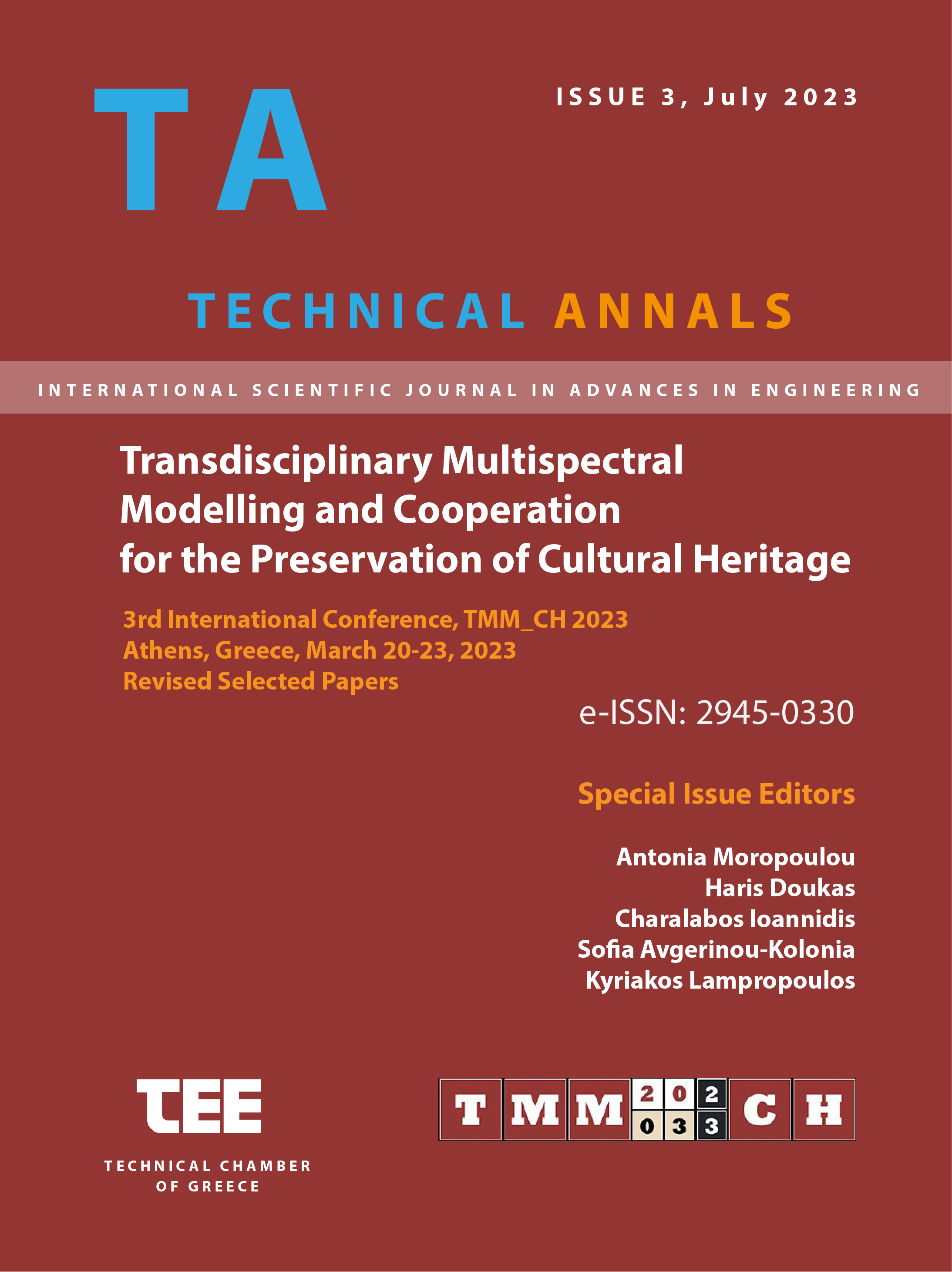A code of action for the responsible conservation of squares in historic cities through the experience of northern Greece

Abstract
The historic cities of northern Greece came to include squares relatively recently. Up until the late 19th century, the structure of social life under Byzantine and Ottoman rule made them unnecessary, with very few exceptions. It was only under the Greek administration, after 1912, that they began to be properly integrated into the urban layout, as a symbol of modernization. In either case, they suffered considerable degradation after the Second World War and it was only in the 1980s that their historical significance began to be acknowledged. Hence, multiple conservation initiatives started to unfold, which currently allow for an appraisal, and in its wake, for the drafting of a code for optimum future action.
The present paper pursues these two goals, through two separate focuses: firstly, on the procedural, and secondly, on the technical segment of contemporary care for a characteristic selection of six squares in four historic cities of northern Greece. As concerns the technical segment, it is addressed in terms of the distribution of functions in and around the squares, and the design of the latter and the surrounding fronts.
Article Details
- How to Cite
-
Zygomalas, D. (2023). A code of action for the responsible conservation of squares in historic cities through the experience of northern Greece. Technical Annals, 1(3). https://doi.org/10.12681/ta.36847
- Section
- Cultural Heritage

This work is licensed under a Creative Commons Attribution-NonCommercial-ShareAlike 4.0 International License.


